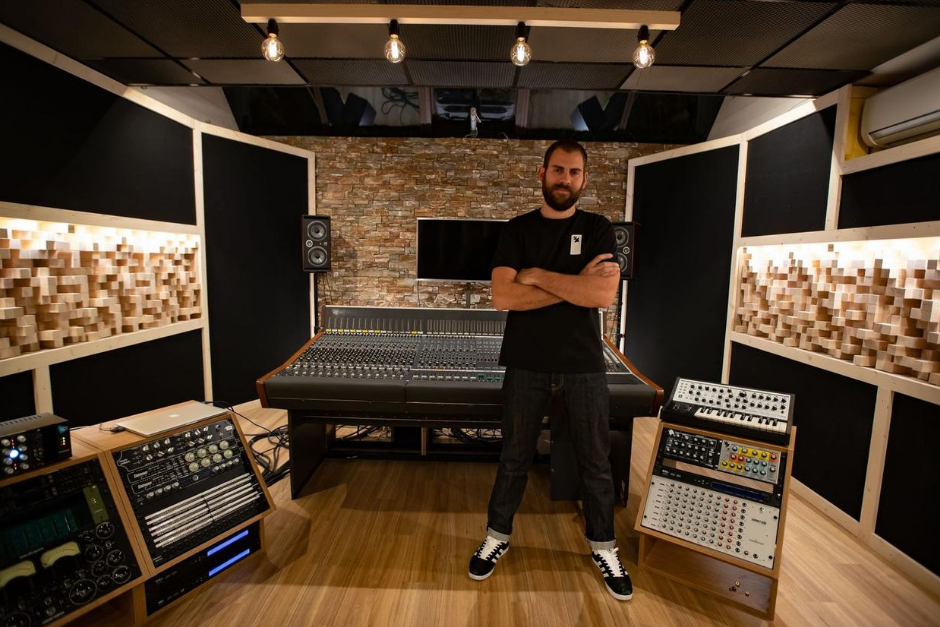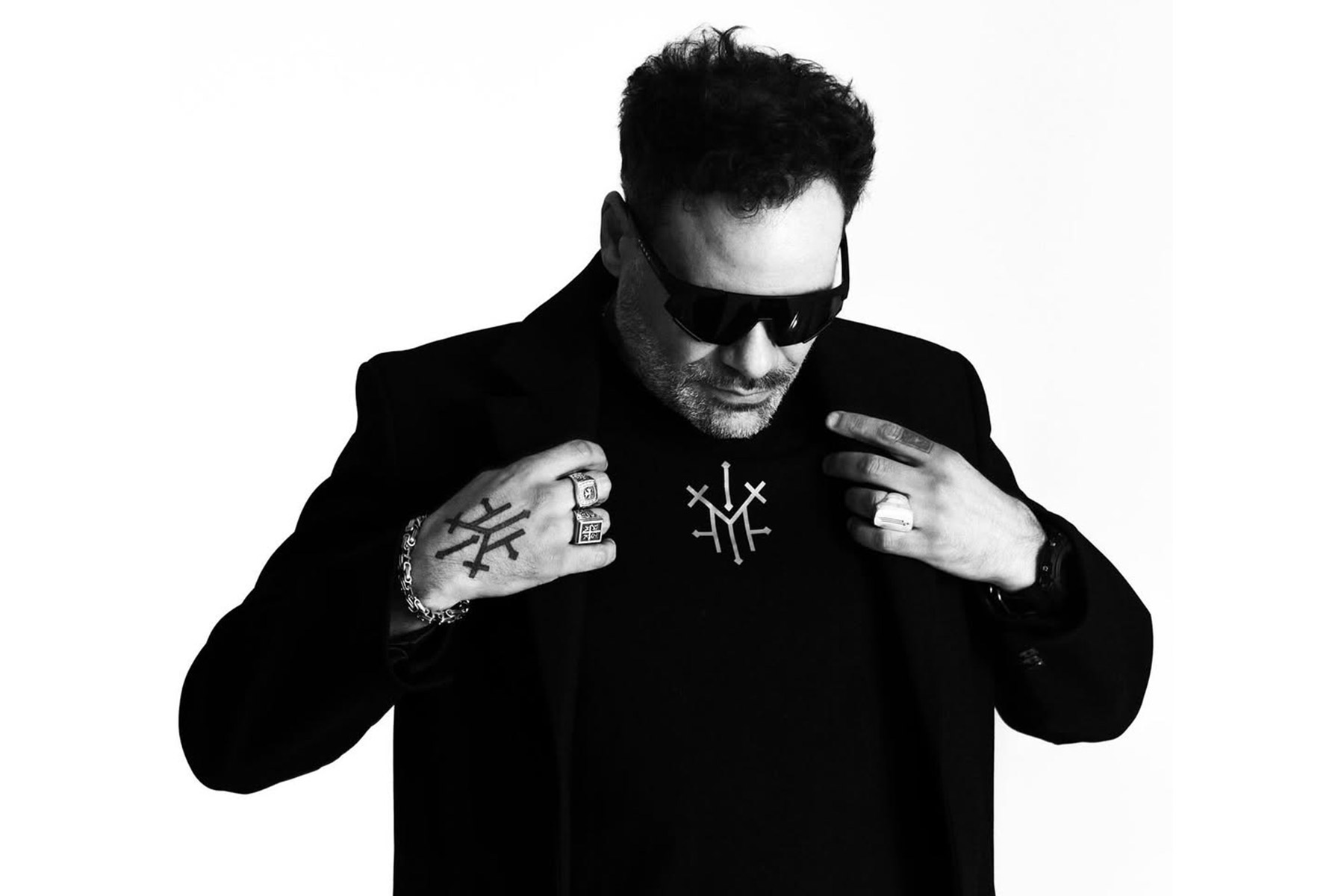To Joachim Pastor, music isn’t about the hypes, trends, or the weekly special. The French DJ, producer, and Hungry Music founder has been casting aside music world mania in favor of a timeless sound since first breaking into the scene, and the upcoming release of his debut album sees the recent Armada Music signee push into a new chapter with that exact trademark. A true perfectionist when it comes to the quality of his product, Joachim Pastor studied at the Versailles conservatory between the ages of 4 and 15. Near the end of his time at the conservatory, when his hopes of playing guitar in a band had started to grey out due to the sheer impracticality of it all, he started downloading music software with the intention of creating his own virtual band to play guitar with. That one thing led to another, and Joachim Pastor’s music has been sporting an electronic edge ever since.
Inspired by the works of seminal artists such as Daft Punk, Sonata Arctica, and Jean-Michel Jarre, Joachim Pastor’s melodious brand of electronica offers a sense of sophistication not easily found in today’s music world. Designed to make listeners feel with every fiber of their being, his music is an expression of emotion with a danceable twist, endorsed by hundreds of thousands of fans on Spotify alone as well as those who witnessed his performances at the likes of Dour, Tomorrowland, Paleo, Olympia, Solidays, DGTL, Pleinvrees and more.
Joachim Pastor just released his new single ‘Right Now’ via Armada Music. To celebrate the fresh material the French artist shares 5 tips on how to build a proper studio.
1. Read and learn.
You can learn a lot on the internet, and on forums, most of your beginner’s questions will be answered. It may be hard to sort the right and the wrong, but the basics are pretty much embraced by everyone. I see a lot of people trying to work on their acoustic, they just go to the first store they see, buy some foam panels and glue it randomly on the walls. Reading is free, and it will probably save you a lot.
2. Assess your situation.
One of the key elements is your studio room: are the dimensions favorable? Does it have enough volume? Is it square, or even worse: a cube?
The most important for studio acoustics is the volume of the room: the bigger, the easier it will be to treat the low end (where there is the most energy, and the longest wavelengths). Unless you are a professional, you want to avoid weird shapes, a rectangle is easy to predict, thus easier to treat than an odd-shaped room where it will be impossible to determine reflections and acoustic nodes and modes.
3. In a small/mid-sized studio, you cannot have enough bass traps.
Start treating your corners, angles if you can, and your back wall. That’s the minimum. The more broadband absorption the better. Remember that when you use glass fiber, the thicker the absorber, the lowest density you want to use. To roughly sum it up: for a 50cm thick back wall, you’d use a density of 15 to 25 kg/m3, but for a thinner 15cm panel, you’d go for a 70kg/m3 fiberglass. Once you’ve done that, use software like Room Eq Wizard (free and outstanding), to take measurements. check the waterfall graph, it will show you the frequencies posing troubles. Then take an SPL meter, have a sine wave at these frequencies, and scan your entire room. On the spots where the SPL meter got the loudest signal, that’s where you want to absorb these frequencies. For really low stuff (below 50 cycles), Helmholtz resonators and other tuned traps are more effective, as broad absorption shows limits in the sub frequencies.
4. Create your RFZ (Reflexion Free Zone)
The human brain uses timing differences between both ears, to determine the origin of a sound. As the sound from the mid to high frequencies bounces on hard surfaces around your listening spot, timing will be all messed up (hard floor, hard ceiling, sidewalls, back walls, front wall in a smaller proportion). You want to create a zone where you will not be impacted by these reflections, you only want the signal from your speakers, otherwise it will be very hard for you to have a clear stereo field image of your productions. Diffusers look good but they have to be calculated and usually placed a certain distance from the listener, as they create “artifacts”. Diffusers, if wisely placed, can improve your comfort by making the room sound bigger than it actually is.
5. Do not invest in an expensive sound system as long as your room isn’t treated properly
What is the point of putting ultra-expensive speakers in a room that isn’t treated properly? I see a lot of people investing thousands of euros in speakers and gear that they will not be able to hear because their room has no acoustical effort put into it. Mid-range speakers sound superb in a perfectly treated room. And if you are up for it, and ready to use some elbow grease, you’ll find that you can achieve significant improvement, and also great results, with just some work, measuring, and basic materials. It’s not easy, it’s an adventure, but it is worth it.

Joachim Pastor’s ‘Right Now’ is now available. Stream and buy here.








